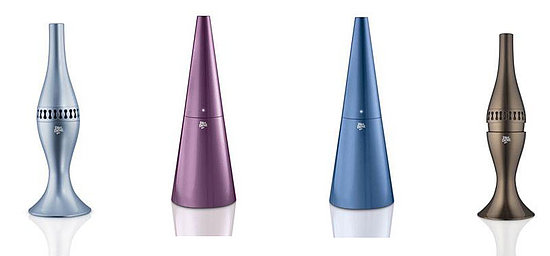“Form and content” both are the essentials for a design. Especially for industrial design, form is talking about how to present an object and what visual aspect should be appeared to consumers. Some elements like color, texture and composition will be included in the consideration to compose a design. However, we cannot work without any subject matter (story) - the content - for a design. Before we make decision to have a form for an object, we also need enough information to propose the content for its design.
Inside the documentary movie “Objectified, Alice Rawsthorn, the design critic of the International Herald Tribunedesign editor, says that “design is moving from the culture of tangible of material to increasingly intangible culture”. Her interpretation of this tendency is quite true. In the past, analog products like chair, spoon, and fork these kind of objects are according “form follow function” this concept to design them, so people can easily guess what are their function and how to use them. But the design trend is tended to without relationship between the form and function; for example, iPhone is a typical product of this case. The form doesn’t help us to understand its function.
On the other hands, Andrew Blauvelt, the design curator of Walker Art Center, also analyzes 3 phases of modern design.
1) first phase : looking at the design and the formal relationship, formal logic of the object, the active form giving, form be get form.
(e.g.: designer Karim Rashid help the company Dirt Devil to make the Kone Vacuum and state that it is so beautiful enough to put it as a display.)
2) second phase : symbolism and the content of what you during with.
(e.g. making coffee, using a fork and knife, or the culture of symbolism particular object, those come back to a habit and give form, help give guide to the designers, and see that form should be and how it should look. (e.g. James Dyson’s vacuum, the design is in a very functional manner, form is very expressing symbolism and function, color of the design is not exaggerated because Dyson is not a flamboyance person.)
3) looking at the technique content of the object, looking at the human and object relationship (e.g. Roomba vacuum, the vacuum is very different, no interaction with human, and no more human interaction in the relationship, the relationship is the room cleaning. )





No comments:
Post a Comment